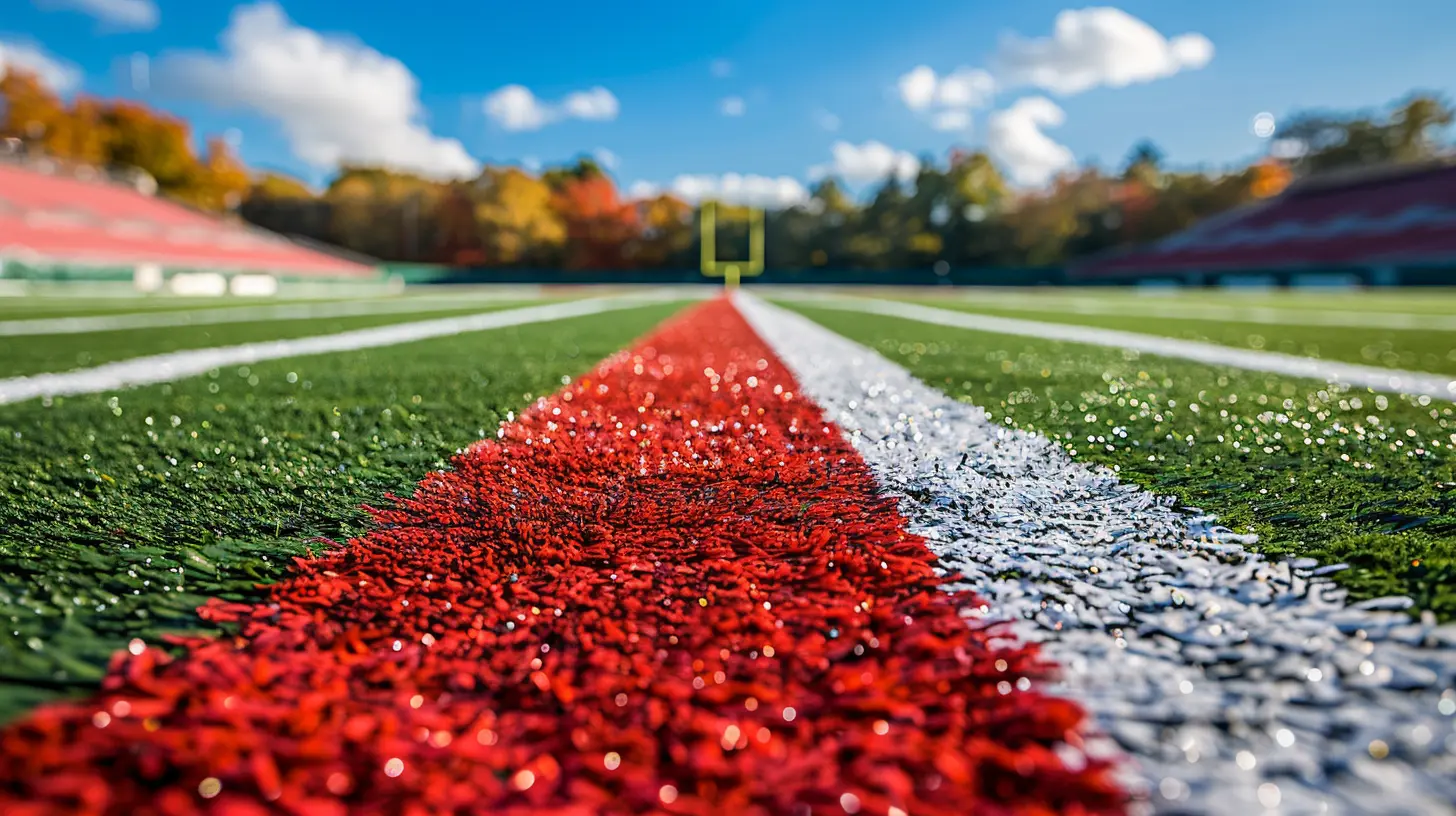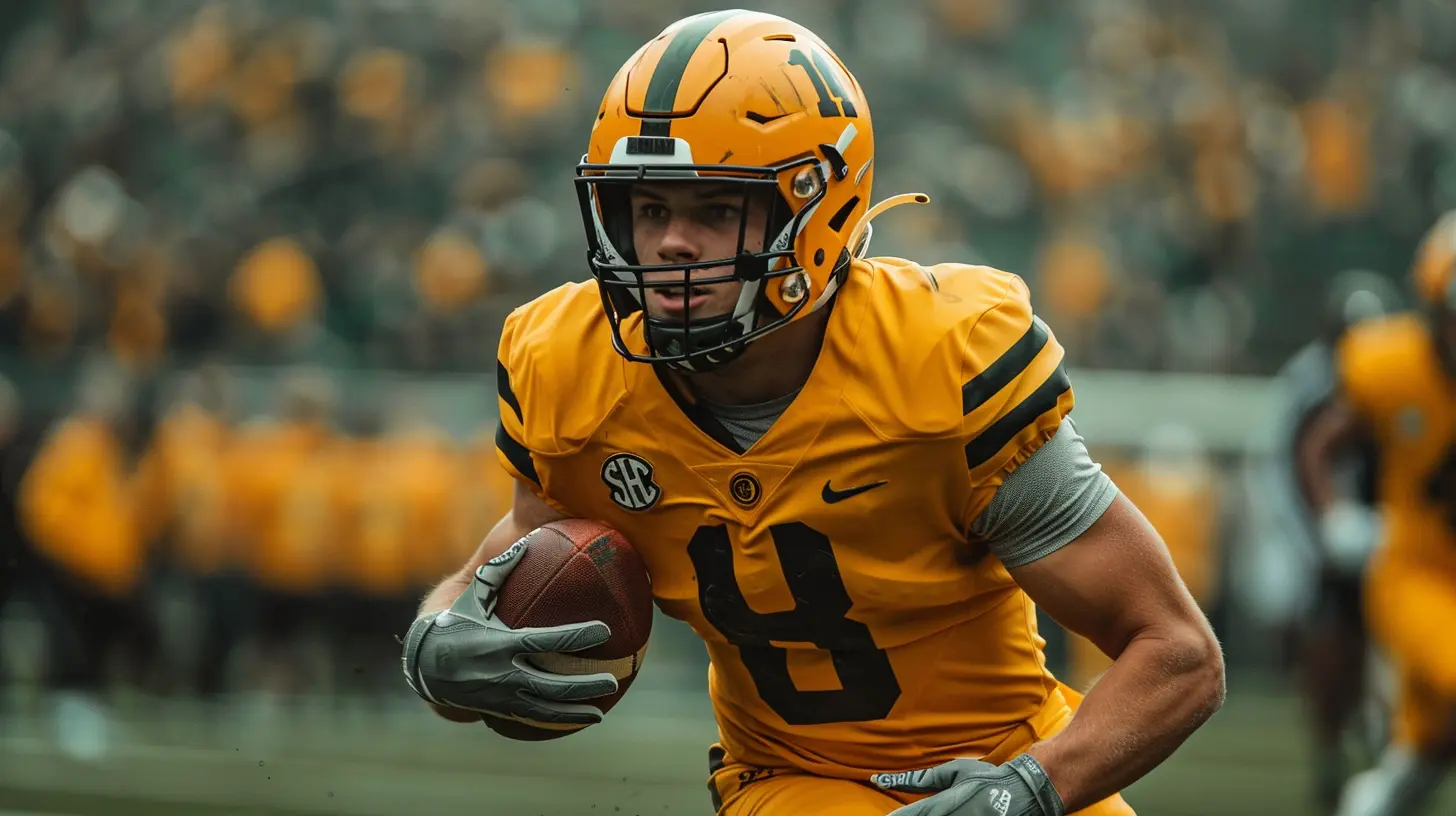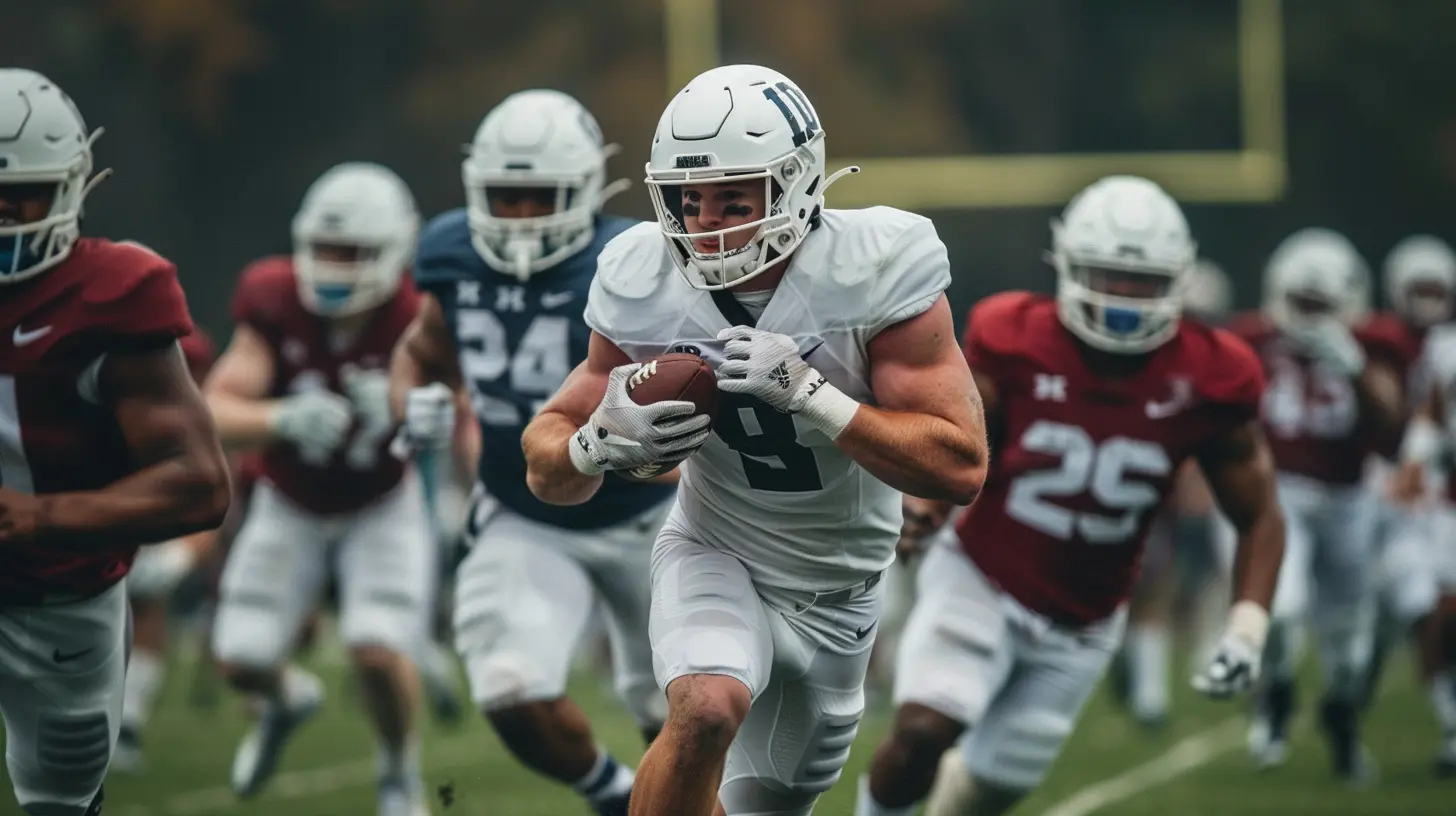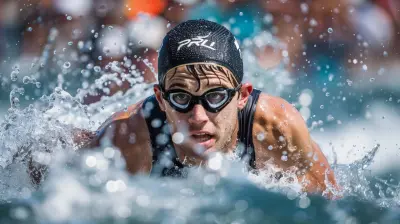The Role of Sponsorships in College Athletics: What’s Next?
24 September 2025
Let’s be real: college athletics aren’t what they used to be. From packed stadiums to live broadcasts, college sports have evolved into a multi-billion-dollar industry. And right at the heart of it all? Sponsorships.
Yep, those logos on jerseys, branded locker rooms, and fuel-up snack bars on campus aren't just there for looks — they're backed by big money and even bigger influence. But with rapid changes in the NCAA, NIL (Name, Image, and Likeness) policies, and a new wave of athlete empowerment, we're left wondering — where’s it all headed?

Why Sponsorships Are a Big Deal in College Sports
Let’s start with the basics — what exactly do sponsorships do for college athletics?In short, they keep the engine running. Schools use sponsorship money to:
- Pay for facilities (think top-notch locker rooms and training centers)
- Fund scholarships for student-athletes
- Support non-revenue sports like track & field or swimming
- Enhance fan experiences (hello, Jumbotron!)
Sponsorships bridge the gap between tight budgets and sky-high athletic ambitions. They’re not just helpful—they’re critical.

The Business of Branding: College Teams as Walking Billboards
Imagine you’re watching a heated college football rivalry on a Saturday night. You’ll likely notice the swoosh of Nike on the uniforms, advertisements for soft drinks on the stadium walls, and even the “XYZ Bank Halftime Report.”That’s branding at work. Sponsors want visibility, and college sports deliver millions of eyes every week. These partnerships become a win-win: brands get exposure; schools get funding.
Take a school like Alabama or Ohio State — their partnerships with clothing giants bring in millions annually. But it’s not just about money; it’s about prestige. If your team is rocking the same gear as the pros, that says something.

The NIL Revolution: A Game-Changer for Sponsorships
Alright, let's talk about the elephant in the room — NIL.Since 2021, NCAA student-athletes have been allowed to profit from their name, image, and likeness. This was a massive shift in the landscape. Now, it's not just schools signing sponsorships — the players are getting their own deals, too.
Players can now:
- Partner with brands on social media
- Appear in local or national ads
- Monetize YouTube channels or Twitch streams
- Build personal brands while still in school
Pretty wild, right?
This isn’t just about making money; it changes how sponsorships work entirely. Athletes are no longer just “students with scholarships” — they’re influencers, entrepreneurs, and brand ambassadors.

What’s in It for Sponsors Now?
Here’s where it gets even more interesting. Instead of just working with the schools, brands can now go straight to the players.Let’s say a local pizza joint wants to tap into the fanbase of the starting point guard at a major university. They can pay her directly to promote their pies on Instagram. It’s more personalized, more flexible, and sometimes even more effective than traditional advertising.
For sponsors, it's a goldmine. They get:
- Direct access to niche audiences
- Authentic brand ambassadorship
- Tons of creative marketing options
No wonder companies — from Gatorade to unknown startups — are jumping on the NIL bandwagon.
Challenges on the Sponsorship Horizon
Of course, not everything is all sunshine and brand deals.There are still some wrinkles to iron out.
1. Compliance and Regulation
With new opportunities come new rules — and keeping track of them is no small task. Each state has different NIL laws. On top of that, schools have their own policies. Trying to stay compliant can feel like walking a tightrope on a windy day.Brands have to be careful not to break any NCAA guidelines or school mandates. And for athletes? Navigating contracts without a lawyer can be risky business. One bad deal could cost them their eligibility or reputation.
2. Uneven Playing Field
Let’s face it — not every school is getting million-dollar deals. Bigger programs bring more media attention, which leads to more sponsors, which leads to more money. It’s a cycle that leaves smaller schools hanging.And the same goes for athletes. The quarterback of a top-10 football program might rake in thousands, while a volleyball player in a mid-major conference might not see any NIL opportunities at all.
Finding ways to level the playing field will be key.
3. Balancing Academics and Business
Student-athletes already juggle a packed schedule: early-morning workouts, classes, games, and travel. Now add contract negotiations, brand meetings, and social media content creation?It’s a lot.
There’s a danger of student-athletes getting overwhelmed and losing sight of the big picture — their education. Sponsors and schools need to support the balance, not make it harder.
The Future of Sponsorships in College Athletics
So, what’s next? Where are we headed?It’s impossible to predict every twist and turn, but there are some clear trends worth watching.
1. More Personalized Sponsorships
As NIL deals grow, we’ll likely see more micro-sponsorships that focus on individual athletes’ personalities, values, and followings. Brands won’t just look for stats — they’ll look for stories.That means athletes with compelling backstories, loyal fan bases, or niche passions (like gaming, music, or activism) can attract sponsors beyond the sports world.
2. Tech Integration
Tech is already reshaping how fans consume sports, and it’s only going to get bigger. Expect to see:- Augmented reality (AR) ads in stadiums
- NFTs tied to athletes’ highlights
- Sponsored wearable tech during training
The sky’s the limit when tech and sponsors team up.
3. Greater Support Systems for Athletes
As the pressures of branding ramp up, schools will need to step in with more support:- Legal and financial advisors
- Brand management workshops
- Social media training
The smart programs will treat their athletes like startups — helping them grow their brand while staying grounded in the student-athlete experience.
4. Ethical Branding Becomes a Priority
Brands and fans are becoming more conscious of ethics. That means sponsors will need to think twice about who they partner with and why. Authenticity will matter more than flashiness.Athletes who stand for something — and stand out — will win in the long run.
What Can Fans Expect?
If you’re a college sports fan, hang onto your hats. Things are changing fast, but in a good way.You’ll see more behind-the-scenes content, direct interaction with athletes, and creative brand collaborations. Athletes will be more visible and relatable. And you’ll be part of a movement that supports their growth on and off the field.
Pretty exciting, right?
Final Thoughts: Changing the Game for Good
Sponsorships have always played a major role in college athletics, but now, they’re evolving into something much bigger — something more human, more flexible, and more empowering.What’s next? A world where student-athletes not only thrive in their sport but build futures far beyond it. A world where brands don’t just slap logos on jerseys but invest in real stories. A world where college athletics become not just a gateway to the pros — but a launchpad for life.
So, here’s to what’s next. It’s not just about the game; it’s about changing it, one sponsorship at a time.
all images in this post were generated using AI tools
Category:
Sponsorship DealsAuthor:

Uziel Franco
Discussion
rate this article
1 comments
Kieran Powell
This article effectively highlights the evolving landscape of college athletics and the growing significance of sponsorships. As universities seek innovative partnerships to enhance funding and visibility, understanding the implications on student-athletes and overall integrity is crucial. I'm eager to see how these changes shape the future of college sports.
October 6, 2025 at 2:43 AM

Uziel Franco
Thank you for your insightful comment! I appreciate your engagement with the topic and share your curiosity about the future of college athletics and sponsorships.


